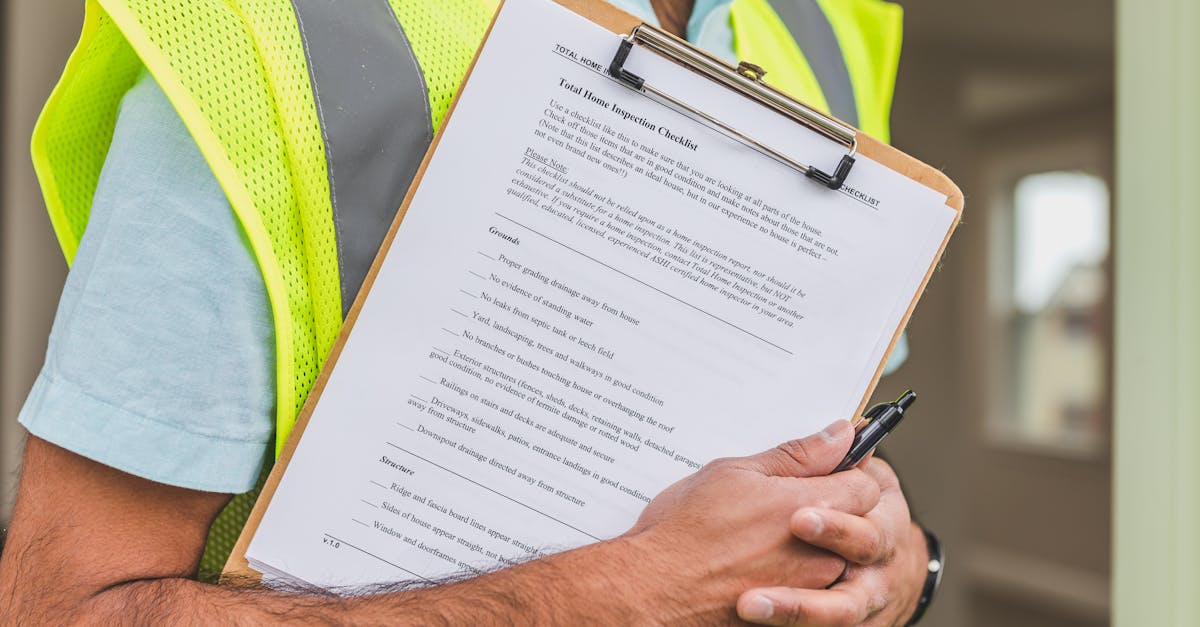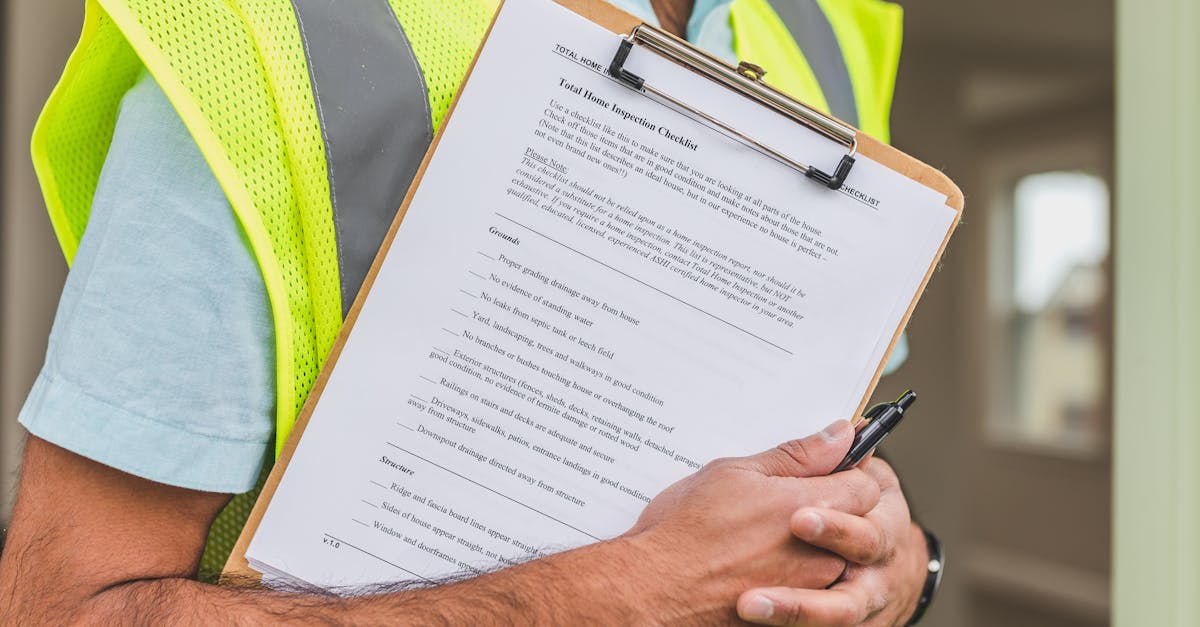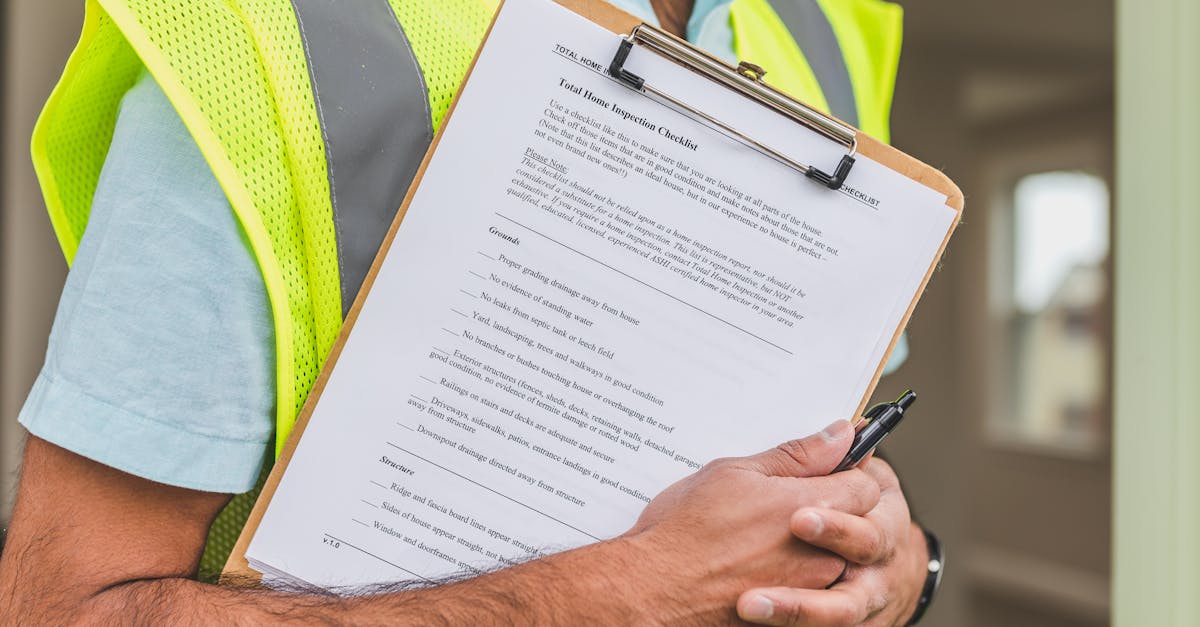When it comes to food safety, maintaining a checklist is like having a superhero sidekick for your kitchen. It swoops in to save the day, ensuring that every meal is not just delicious but also safe to eat. No one wants a surprise visit from the food safety police or worse, a case of foodborne illness that turns dinner into a disaster.
Table of Contents
ToggleImportance Of Food Safety Maintenance
Maintaining food safety is crucial for preventing foodborne illnesses. Contamination can occur at any stage, from food preparation to storage. Awareness of this risk helps foster a safe dining environment.
Food safety checks ensure that all surfaces and equipment are sanitized. This practice reduces the chances of harmful pathogens spreading within the kitchen. Regular cleaning prevents cross-contamination between raw and cooked foods, further safeguarding health.
The consequences of neglecting food safety can be severe. CDC reports that approximately 48 million people experience foodborne illnesses in the U.S. each year. Such incidents can lead to hospitalizations, increased healthcare costs, and even fatalities.
Implementing a food safety maintenance checklist promotes accountability among kitchen personnel. Following established protocols minimizes risks associated with food handling. Consistent training for staff reinforces the importance of food safety practices, creating a culture of hygiene.
The role of temperature control cannot be overlooked. Keeping foods at the appropriate temperatures inhibits bacterial growth. This simple yet effective measure protects customers and maintains food quality.
A well-maintained food safety environment also enhances customer trust. Diners feel more secure knowing their meals are handled properly. Establishments that prioritize food safety often see increased customer satisfaction and loyalty.
Lastly, compliance with local regulations is essential. Regulatory agencies set specific guidelines to ensure public health safety. Adhering to these standards can prevent legal issues and foster a reputable business image.
Key Components Of A Food Safety Maintenance Checklist
A comprehensive food safety maintenance checklist includes several critical components to ensure safety and hygiene in the kitchen. Regular adherence to these elements helps prevent foodborne illnesses and fosters a safe environment.
Personal Hygiene Practices
Proper handwashing techniques must be emphasized. Employees should wash hands for at least 20 seconds using soap and warm water, especially before handling food. It’s crucial to implement protocols for wearing clean uniforms and hair restraints. Regular training in these practices enhances awareness among staff. Personal items must remain out of food preparation areas to avoid contamination. Effective personal hygiene significantly reduces the risk of foodborne pathogens entering food products.
Equipment Maintenance
Routine equipment checks are essential in maintaining food safety. Staff should schedule regular inspections of refrigerators and freezers to ensure optimal temperature control. Equipment cleanliness is vital; machines should be regularly sanitized, focusing on contact surfaces. Any malfunctioning equipment requires immediate reporting for repairs. Calibration of thermometers and other measuring devices must occur frequently. Well-maintained equipment minimizes the risks of contamination and promotes food quality.
Food Storage Procedures
Correct food storage management plays a significant role in food safety. First, cold foods should remain at or below 41°F to inhibit bacterial growth. Staff must ensure proper labeling of food items with expiration dates for better tracking. Clear separation of raw and cooked food items prevents cross-contamination. Rotation of stock using the FIFO method ensures older items are used first. Adhering to these food storage procedures preserves quality and safety in the kitchen.
Developing An Effective Checklist
Creating an effective food safety maintenance checklist involves careful planning and consistency. This checklist serves as a guide to ensure all food safety protocols are followed.
Steps To Create Your Own Checklist
- Identify key areas of focus, such as hygiene, equipment maintenance, and food storage.
- Tailor the checklist to specific kitchen operations for relevance.
- Include actionable items, ensuring each task is clear and easy to understand.
- Set a schedule for regular reviews and updates to the checklist.
- Train staff on the importance of following the checklist consistently.
Common Mistakes To Avoid
- Overcomplicating checklists can lead to confusion and noncompliance.
- Ignoring feedback from kitchen staff may overlook potential issues.
- Failing to update the checklist hinders compliance with changing regulations.
- Neglecting to incorporate training results in a lack of understanding among staff.
- Skipping regular inspections can make it difficult to identify areas needing improvement.
Regular Training And Updates
Regular training ensures staff members understand food safety protocols. It builds a culture of accountability where every team member actively participates in maintaining hygiene standards. Providing updates keeps personnel informed about new regulations, best practices, and emerging food safety risks.
Training sessions should occur frequently, ideally quarterly or bi-annually, to reinforce knowledge and address any gaps in understanding. Staff must learn proper handling techniques for both raw and cooked foods, emphasizing cross-contamination prevention. During these updates, it’s essential to demonstrate correct handwashing procedures and personal hygiene practices, ensuring every employee adheres to these standards.
Feedback mechanisms play a key role in improving training sessions. Employees can share experiences and tips that enhance compliance. Reviews of the training program should consider participant input, adjusting content and delivery methods accordingly.
Updating training materials regularly ensures they reflect current standards and scientific advancements. Incorporating case studies of foodborne illness outbreaks can illustrate the consequences of neglecting food safety, fostering greater awareness among staff.
Utilizing visual aids, such as posters and checklists, can serve as constant reminders of safe practices in the kitchen. Conducting mock inspections helps staff practice and apply what they’ve learned, building confidence in their abilities to maintain a safe environment.
Commitment to ongoing education demonstrates dedication to public health and customer safety. Adopting a proactive approach to training significantly reduces the likelihood of foodborne illnesses, supporting the goal of a safe dining experience.
Conclusion
Maintaining a food safety checklist is vital for any kitchen aiming to provide safe and enjoyable dining experiences. By prioritizing hygiene practices and regular equipment checks, kitchens can significantly reduce the risk of foodborne illnesses. A well-structured checklist not only promotes accountability among staff but also builds customer trust through consistent safety measures.
Ongoing training and updates ensure that everyone is aware of the latest protocols and best practices. This commitment to food safety not only complies with regulations but also enhances the overall reputation of the business. By investing in a robust food safety maintenance checklist, kitchens can create an environment where safety and quality go hand in hand.





